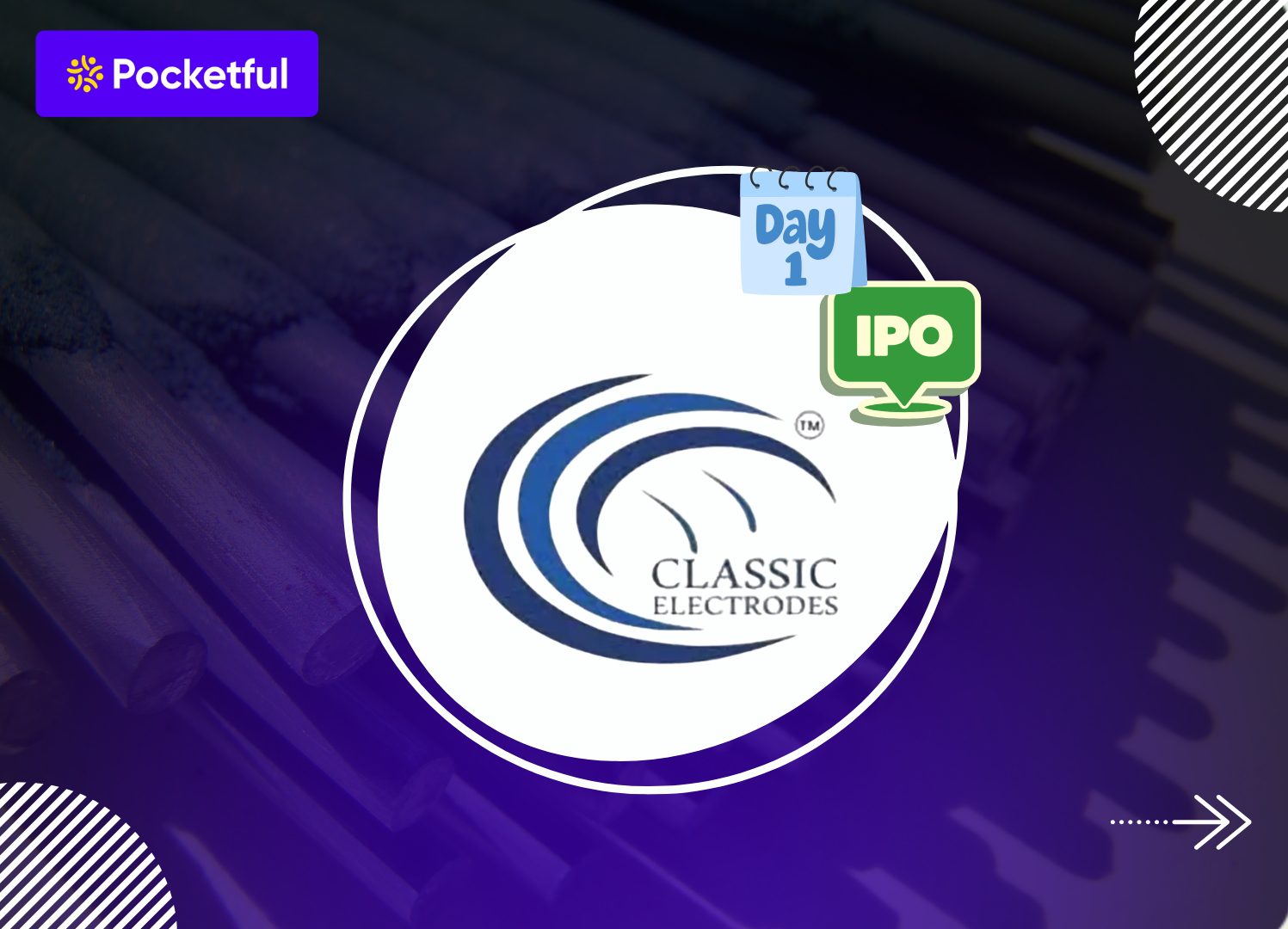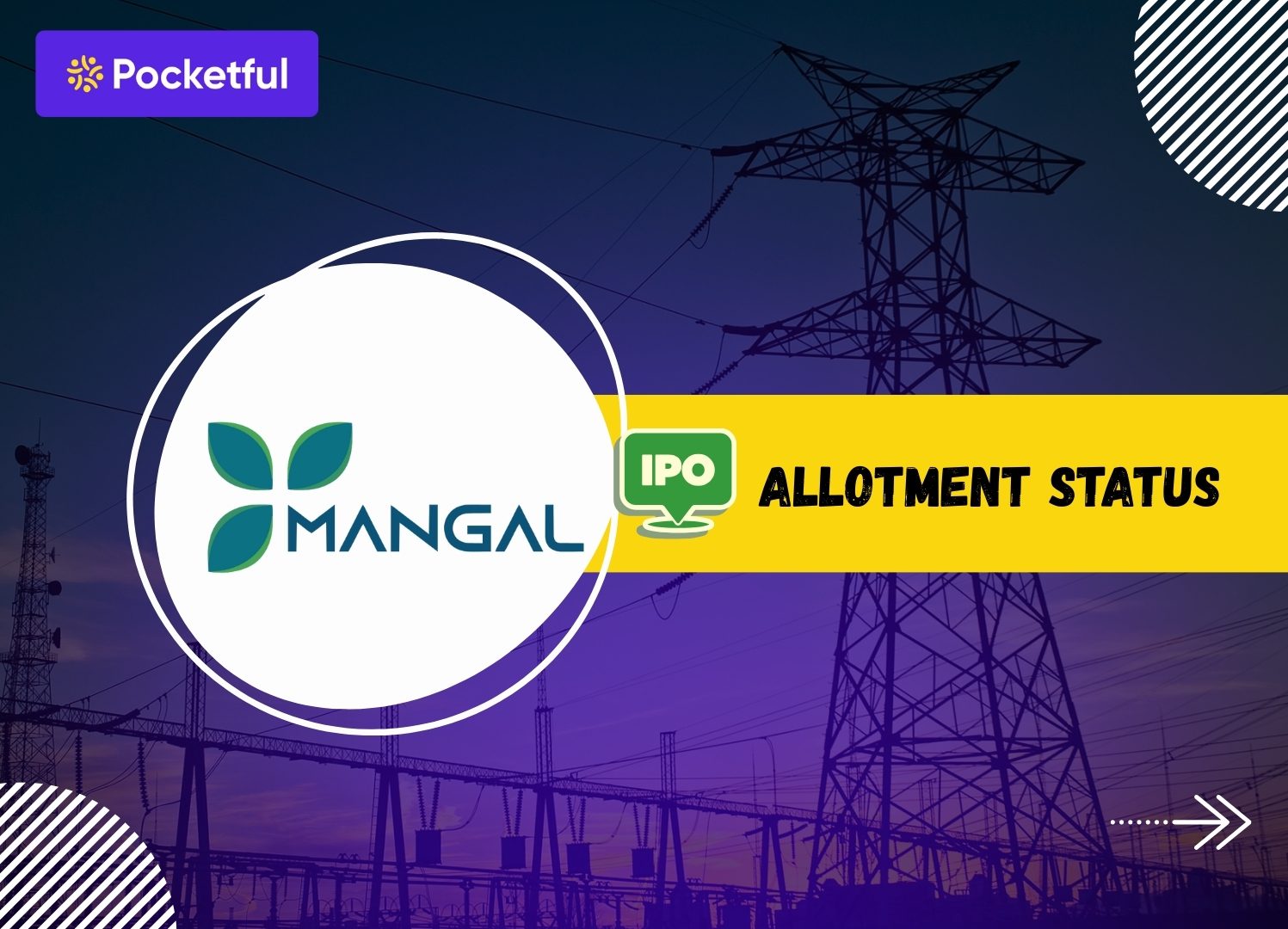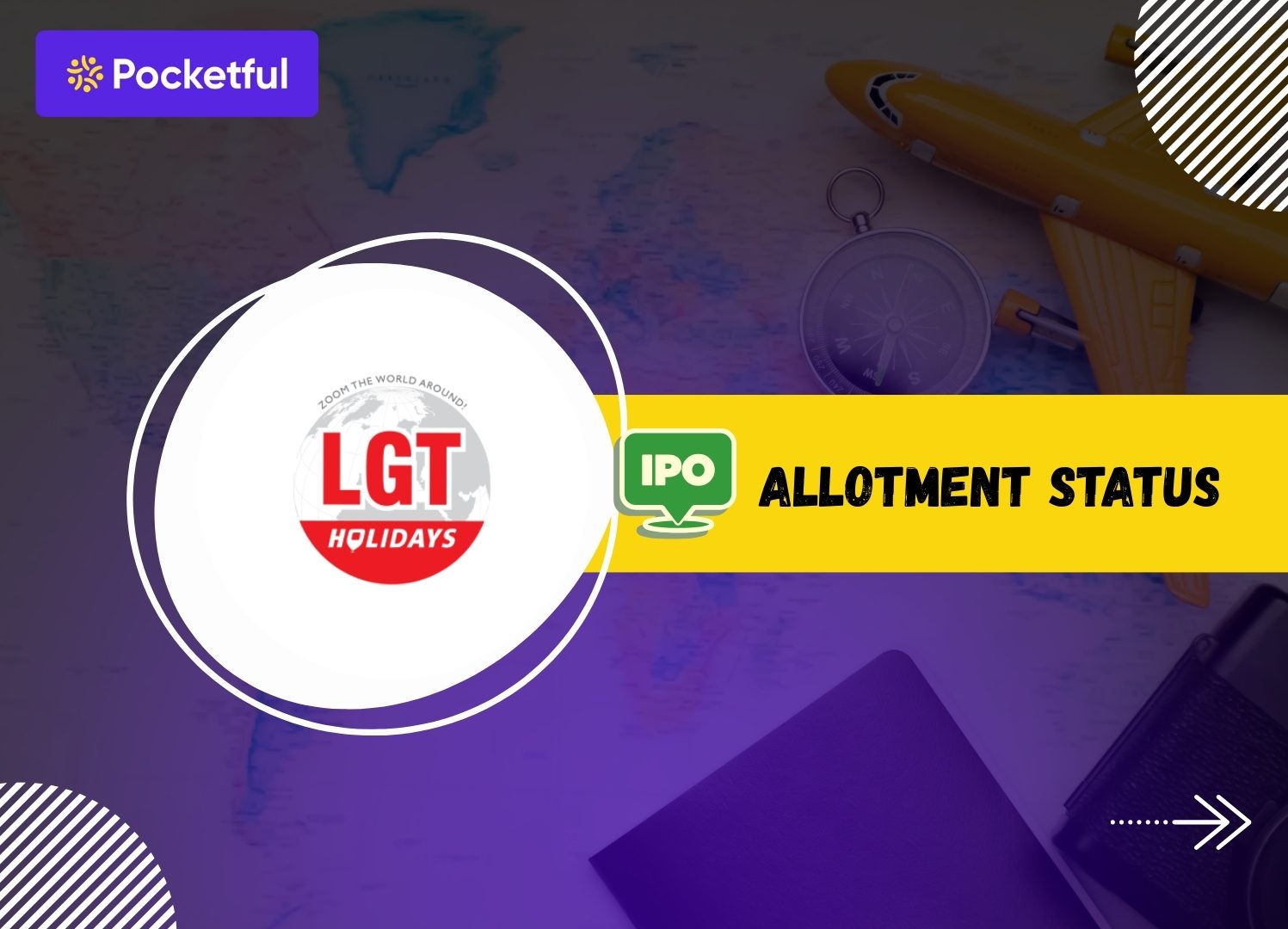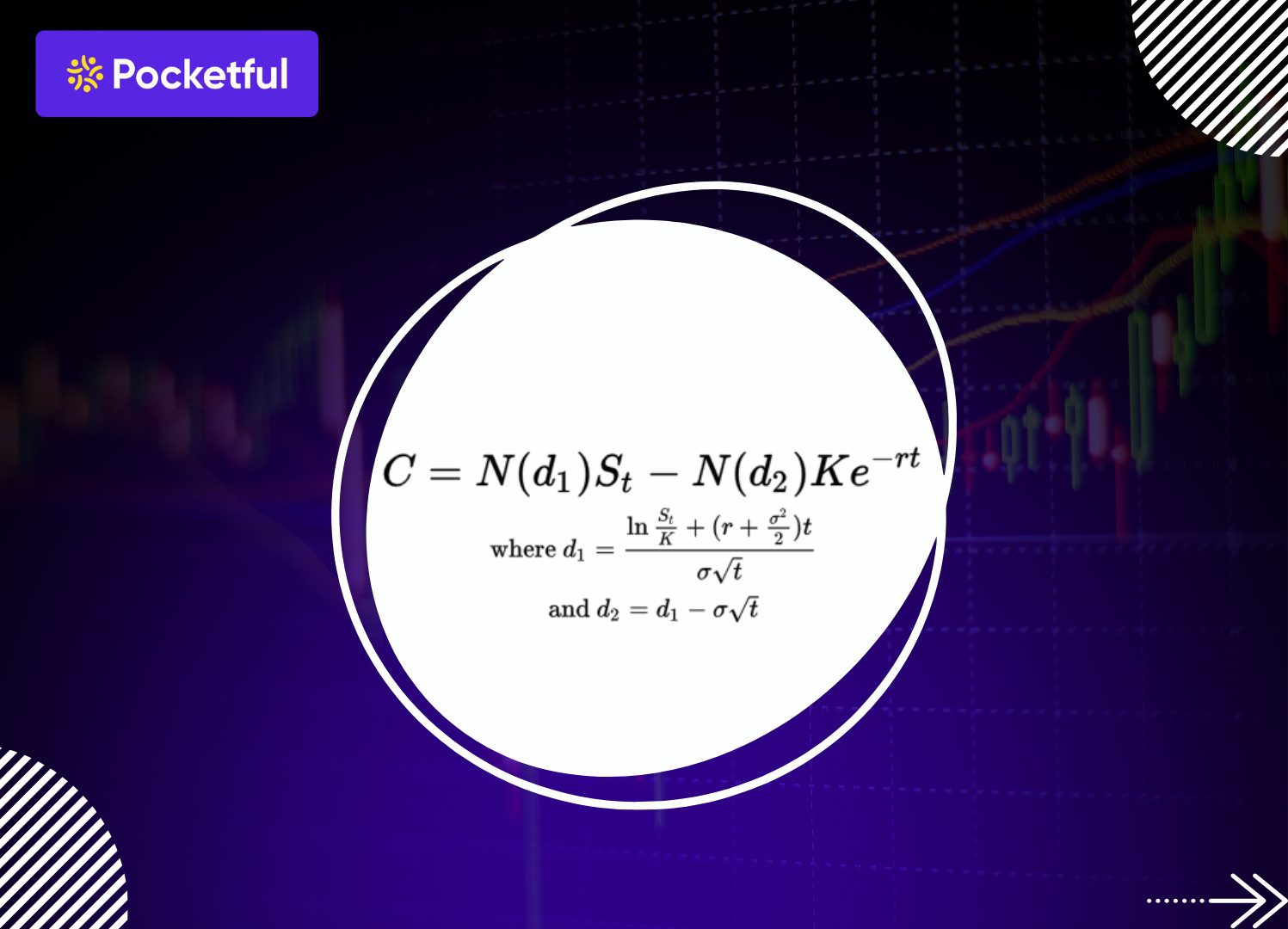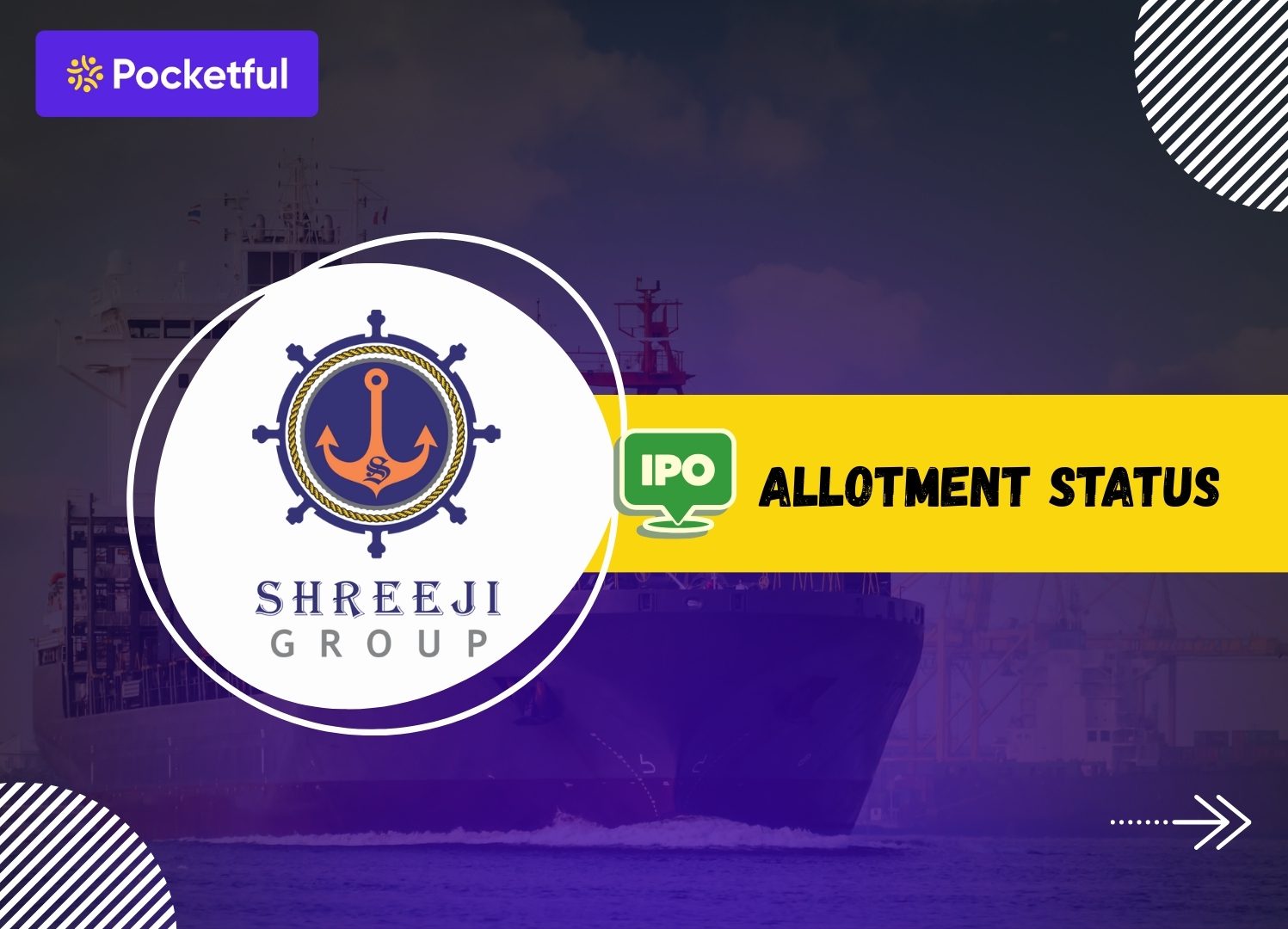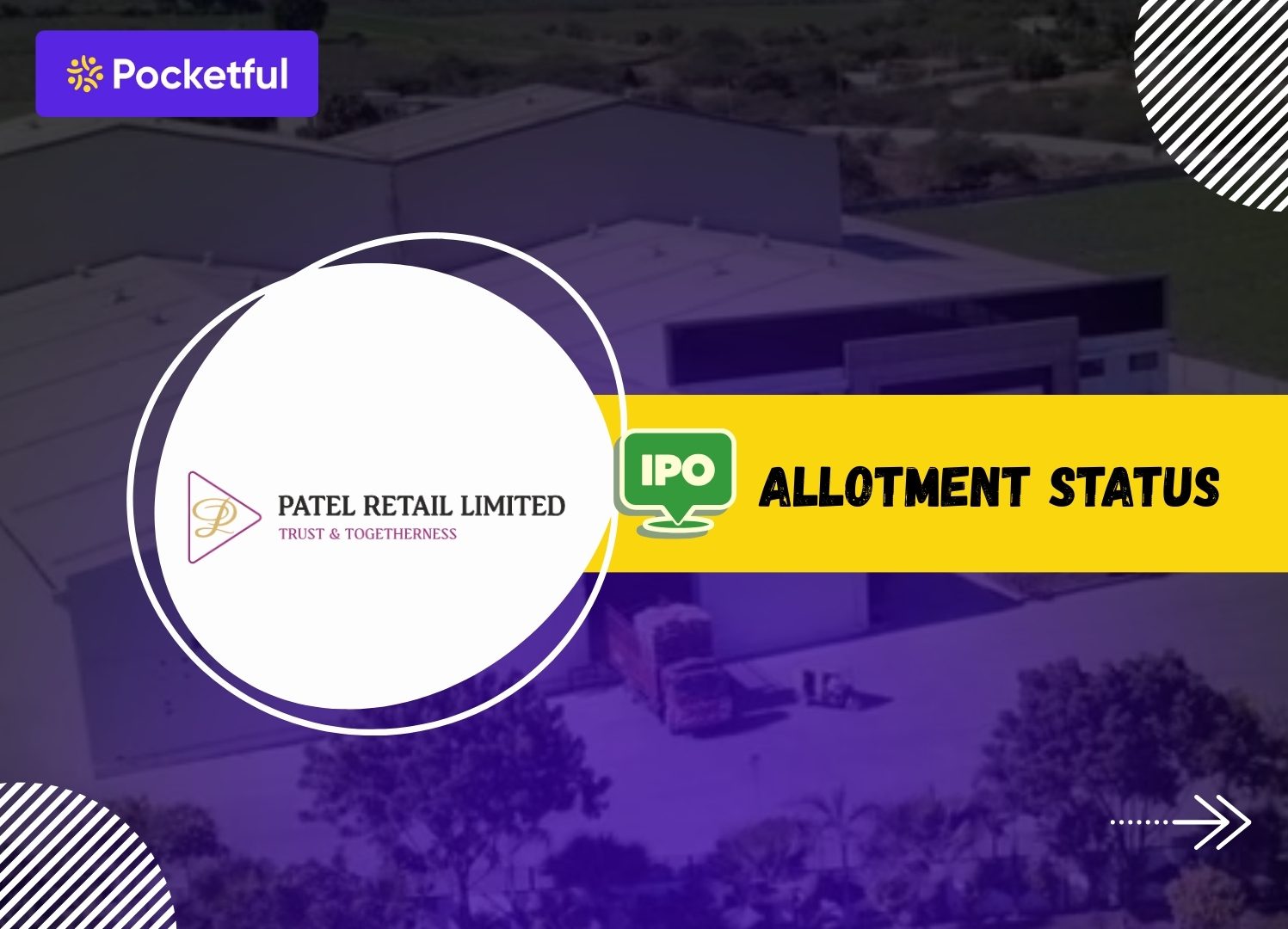Shivashrit Foods Ltd. has launched its SME IPO today, August 22, 2025, with an issue size of ₹70.03 crore, comprising a fresh issue of ₹61.29 crore and an offer-for-sale of ₹8.75 crore. The IPO will remain open for subscription till August 26, 2025, and the shares are scheduled to list on the NSE SME (Emerge) platform on September 1, 2025.
Shivashrit Foods IPO – Day 1 Subscription Status
As of Day 1, subscription numbers indicate low demand, with overall subscriptions at 0.24×. Non-Institutional Investors (NII) led with 0.57×, Retail Individual Investors (RII) participated at 0.23×, while Qualified Institutional Buyers (QIB) showed no interest (0.00×).
| Investor Category | Subscription (×) |
|---|---|
| Qualified Institutional Buyers (QIB) | 0.00 |
| Non-Institutional Investors (NII) | 0.57 |
| bNII (above ₹10 lakh) | 0.76 |
| sNII (less than ₹10 lakh) | 0.19 |
| Retail Individual Investors (RII) | 0.23 |
| Total Subscriptions | 0.24 |
Total Applications: 216
Total Bid Amount: ₹11 Cr.
Objective of the Shivashrit Foods IPO
The funds raised will be used to finance expansion projects, strengthen working capital, and support general corporate needs, enabling the company to scale its operations efficiently.
| Objects of the Issue | Expected Amount (in Millions) |
|---|---|
| Capital Expenditure (“Expansion Project”) | 263 |
| Working Capital Requirement for Expansion Project | 190 |
| General Corporate Purpose | – |
Shivashrit Foods IPO GMP – Day 1 Update
At the end of its first day, the IPO had a Grey Market Premium (GMP) of ₹5, resulting in an estimated listing price of ₹147. This translated to a modest listing gain of 3.52%, indicating a cautious but positive market response.
| Date | GMP (₹) | Estimated Listing Price (₹) | Gain (%) |
|---|---|---|---|
| August 22, 2025 (Day 1) | ₹5 | ₹147 | 3.52% |
Disclaimer: The above GMP (Grey Market Premium) is just unofficial market information, which is not officially confirmed. These figures are shared for informational purposes only and investment decisions based on these should be based on the investor’s own research and discretion. We do not conduct, recommend or support any kind of transaction in the grey market.
Shivashrit Foods Ltd. IPO – Key Details
| Particulars | Details |
|---|---|
| IPO Opening Date | August 22, 2025 |
| IPO Closing Date | August 26, 2025 |
| Price Band | ₹135–₹142 per share |
| Total Issue Size | ₹70.03 crore (Fresh: ₹61.29 Cr; OFS: ₹8.75 Cr) |
| Lot Size | 1,000 shares |
| Listing Platform | NSE SME |
| Registrar | Maashitla Securities Pvt. Ltd. |
Important Dates for Shivashrit Foods IPO Allotment
| Event | Date |
|---|---|
| Tentative Allotment | August 28, 2025 |
| Refunds Initiation | August 29, 2025 |
| Credit of Shares to Demat | August 29, 2025 |
| Listing Date on NSE SME | September 1, 2025 |
Shivashrit Foods Ltd. Overview
Incorporated in 2017 and headquartered in Aligarh, Uttar Pradesh, Shivashrit Foods Ltd. is engaged in the production, supply, and export of premium potato flakes used in ready-to-eat meals, snacks, and processed foods. Its processing facility holds multiple certifications including FSSAI, ISO 22000, HALAL, BRCGS, and USFDA, ensuring global standards of quality. The company markets its products both domestically and internationally, catering to rising demand in the food processing sector.
Financially, Shivashrit Foods has demonstrated strong growth momentum, with revenue increasing from ₹77.55 crore in FY2024 to ₹105.85 crore in FY2025, while PAT rose from ₹11.61 crore to ₹12.06 crore during the same period.
Easy Steps to Apply for Shivashrit Foods IPO via Pocketful
- Install the Pocketful Trading App from the Play Store or App Store.
- Sign up and complete your KYC
- Navigate to the IPO section on the app
- Find “Shivashrit Foods” in the listing
- Tap Apply and enter your bid details
Frequently Asked Questions (FAQs)
When does the Shivashrit Foods IPO open and close?
The IPO opens on August 22, 2025, and closes on August 26, 2025.
What is the price band?
Price band for the IPO is set at ₹135 to ₹142 per share.
What is the issue size and structure?
Total size is ₹70.03 crore, comprising a fresh issue of ₹61.29 crore and OFS of ₹8.75 crore.
When will the listing happen?
Shares of Shivashrit Foods will list on September 1, 2025, on NSE SME.
What are the IPO objectives?
Funds will be used for expansion capital expenditure, working capital needs, and general corporate purposes.

